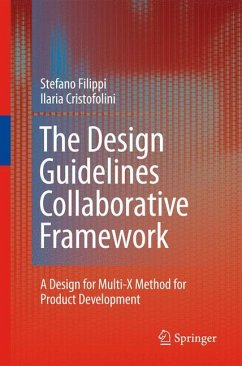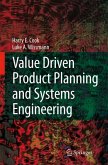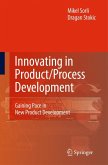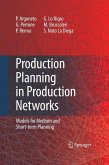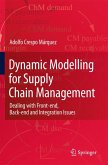Designers are not necessarily experts in manufacturing and verification processes; likewise, manufacturers and inspectors may not be experts in design. For this reason, the Design Guidelines Collaborative Framework (DGLs-CF) constitutes a meeting point for all three parties, where their knowledge is formalized, expanded upon, and put at the designers' disposal, thereby maximizing the user-friendliness of the results.
The DGLs-CF is characterized by the homogeneous union of different algorithms, clear interfaces among the modules that implement them, and clear roles assigned to the different actors. These elements, together with a strong adherence to the ISO GPS standards, make the DGLs-CF the perfect environment for researchers, experts in different fields, and industrial partners to formalize their knowledge, and develop and implement their own algorithms and procedures.
The Design Guidelines Collaborative Framework uses the simple IDEF0 formalism to describe the DGLs-CF framework in a top-down way, in order to facilitate readers' comprehension, and their adoption and development of the framework. Several case studies on the application of the DGLs-CF in industrial environments show the framework's effectiveness and robustness.
Industrial and academic researchers will find this book a useful guide to the DGLs-CF and mechanical engineers will be quick to appreciate the streamlined approach it describes.
Dieser Download kann aus rechtlichen Gründen nur mit Rechnungsadresse in A, B, BG, CY, CZ, D, DK, EW, E, FIN, F, GR, HR, H, IRL, I, LT, L, LR, M, NL, PL, P, R, S, SLO, SK ausgeliefert werden.
Hinweis: Dieser Artikel kann nur an eine deutsche Lieferadresse ausgeliefert werden.

